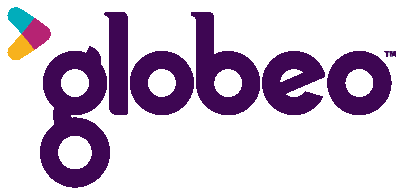TEM is becoming increasingly common in the workplace, allowing businesses to take advantage of its numerous benefits. However, this ubiquity of technology has also brought about a few difficulties for organizations. In this third part, we will continue to discuss the major challenges this technology presents.
3. User Adoption
TEM can be difficult to implement due to the challenge of getting employees to use the new technology. Organizations need to ensure that their staff has the necessary training and support to understand and use the new technology properly. It is important that organizations invest in user education and provide resources and assistance to help employees understand and use the technology for maximum benefit.
4. Compatibility
TEM requires organizations to make sure that any new technology they use is able to work together with their existing systems, and not create any issues or problems.
5. Data Governance
Organizations must ensure that the data they collect, store and use is secure and in line with any applicable laws and regulations. Data governance is a required component of implementing a TEM system. Organizations must take the appropriate steps to ensure their data is kept safe and their practices are compliant.
Cost of Travel and Expense Management
Travel and expense management can be a complex and costly endeavor for businesses of any size. With the advent of modern technology, managing travel and expense costs have become more streamlined, but it still requires careful planning and oversight.
Businesses must take into account the cost of travel, including transportation and accommodations, as well as the cost of meals, entertainment, and incidentals. Additionally, businesses must factor in the cost of any business-related expenses that may be incurred while traveling. This could include the cost of equipment, supplies, or services.
In order to effectively manage travel and expense costs, businesses must consider the following:
1. Establishing a Budget
Establishing a budget for travel and expenses is essential for managing costs. This budget should include an estimate of how much will be spent on transportation, accommodations, meals, entertainment, and other related expenses.
2. Tracking Expenses
Tracking expenses is a key part of managing travel and expense costs. Businesses should set up a system to track expenses to ensure they stay within the established budget.
3. Negotiating Rates
Businesses should always attempt to negotiate the best rates for transportation, accommodations, and other related expenses. Negotiating rates can help keep costs down and ensure the business maximizes its resources.
4. Utilizing Technology
Technology can make managing travel and expense costs much easier. Businesses should look into utilizing technology to streamline the process, such as using expense management software to track expenses and monitor budgets.
5. Establishing Policies
Establishing clear travel and expense management policies is essential for ensuring that costs are controlled. Policies should include guidelines for spending limits, approval processes, and reimbursement procedures.
The Bottom Line
Travel and expense management can be a complex and costly endeavor, but with careful planning and oversight, businesses can manage costs effectively. By establishing a budget, tracking expenses, negotiating rates, utilizing technology, and establishing policies, businesses can ensure that they stay within their budget and maximize their resources.
At Globeo, we provide a wide variety of accommodation options for businesses traveling in North America, including the US, Canada, and Mexico. Our convenient clc hotel locator app is an effortless way to locate and book the ideal place to stay. Connect with us to learn more about the services we offer.



